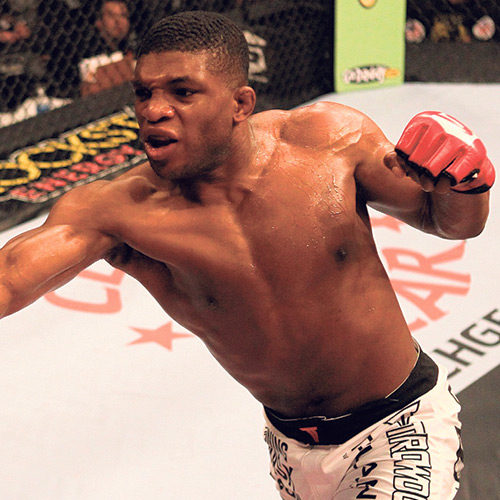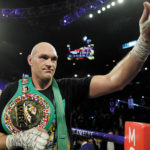Bellator’s Season 7 a bridge to a dream

By BOB EMANUEL JR. | Scripps Howard News Service
ORLANDO, Fla. — With each passing season of Bellator Fighting Championships, company CEO Bjorn Rebney moves one step closer toward his ultimate dream.
What initially started as a small, serialized product back in 2008, Bellator remains poised for a national explosion in 2013 when the promotion shifts to Spike TV.
The upcoming seventh season, which starts Sept. 28, will serve as a bridge to January’s Spike debut and the eighth season. Several high-profile fighters were added over the past few months, including Renato “Babalu” Sobral, Paul Daley, “King Mo” Lawal and Brett Rogers.
Daley, who made his debut in June, will fight an opponent to be named in Season Seven, and Rogers will participate in this season’s heavyweight tournament. Daley, Sobral and Lawal are all expected to join their respective weight-class tournaments next year.
The delay is by design. Bellator hopes to develop more young talent — like Michael Chandler, Pat Curran and Ben Askren — through this season’s tournaments.
“Season Seven has got some rock stars in it,” Rebney said. “My hope for Season Seven is we come out of it and find the next Chandler, the next Curran, the next Askren … That’s what we hope to accomplish in this season, introduce some guys that people look back at 90 days later and just go, ‘Whoa. I can’t wait to see him fight.’”
Even more opportunities will open up in 2013. Future seasons will feature six tournaments instead of the current four. The Summer Series will add a second tournament, the Internet may be used to air additional tournaments, and a Winter Series might eventually be added.
The additional tournament winners will provide a deeper pool of challengers and allow the champions to fight a more preferable two to three times per year.
“Typically, if you look at the champions in the (Ultimate Fighting Championship), they’re fighting on average two times to defend their belt per year and sometimes three if they can squeeze it the right way,” Rebney said. “We’re going to be in that same dynamic. We’re going to look, optimally, to get to three title defenses per year.”
The expansion could eventually include international markets such as Brazil or Russia. New episodes of Bellator typically attract 2 million to 2.4 million viewers each week in Brazil, and Bellator recently signed a deal with Russian broadcast giant R2.
“Each region of the world presents its own idiosyncrasies and unique issues, but it does become easier,” said Rebney, whose company frequently puts on shows in Canada in addition to its main base of the United States. “People said we were crazy when I said we were going to do 12 shows in a sequence and everybody said, ‘That will never work. That will be a disaster.’ It worked. So, the traveling internationally will get easier. Television sets that table.”
To streamline much of the expansion, Bellator recently moved its corporate headquarters from Chicago to Irvine, Calif. Spike’s headquarters are approximately a 30-minute drive away in Santa Monica.
“When you’re doing 25 live events, two seasons of a reality show, all kinds of shoulder programming with best of, greatest moments, etc., we needed to have the kind of infrastructure where you had a total studio edit facility in your offices, a series of edit bays and all our production staff in-house,” Rebney said. “For the last few years, we had production in New York, corporate offices in Chicago, different players and pieces of the equation spread out all over the country. That’s a tough thing to do when you’re doing as much as we are for TV.”











